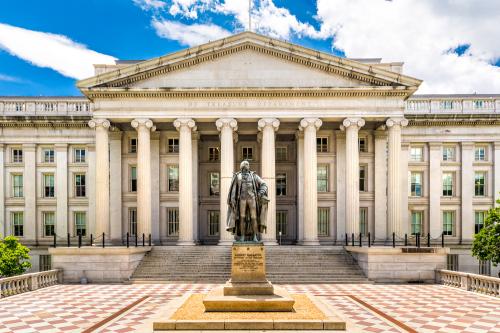INTRODUCTION
Bank nationalization is the topic “du jour” in Washington and on Wall Street. Citigroup has essentially proposed a partial nationalization that would give the government 30-40% ownership. The stock market, for its part, is so concerned about the possibility of wider bank nationalizations that key Administration and Fed officials are spending much of their time trying to calm the markets by underlining their desire to avoid nationalization. Unfortunately, people often seem to be talking past each other in this debate.
Nationalization can be a confusing topic because it means different things to different people and there are a variety of reasons given by advocates for supporting such a move. This paper explains the various meanings and purposes of “nationalization,” lays out a framework for evaluating the necessity and usefulness of bank nationalization, reviews the most critical implementation issues that would arise, and provides some recommendations. Please see also the author’s previous paper, “Bad Bank”, “Nationalization”, “Guaranteeing Toxic Assets”: Choosing Among the Options.
The following questions are addressed in this paper:
- The background: Why might widespread nationalization be necessary?
- What does it mean to “nationalize the banks?”
- What would be the purposes of nationalization?
- What are the arguments against nationalization?
- How has nationalization worked previously in the U.S. and internationally?
- How could nationalization be implemented most effectively?
- What should we do now?
The Brookings Institution is committed to quality, independence, and impact.
We are supported by a diverse array of funders. In line with our values and policies, each Brookings publication represents the sole views of its author(s).



